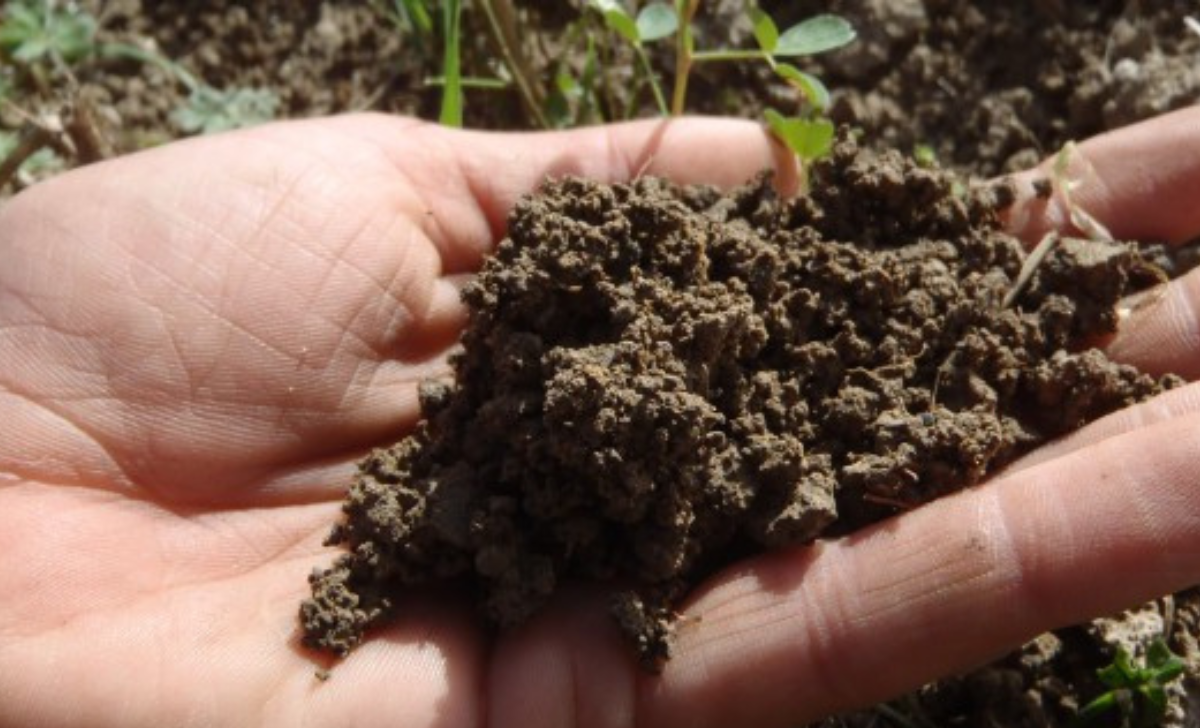Hello there, fellow gardening enthusiasts! I’m excited to share with you the essential insights on a topic that often goes unnoticed but plays a significant role in the success of your garden – soil pH balance. Understanding the pH of your garden soil can make a world of difference in the health and growth of your plants. So, let’s dig right in!
Decoding the Soil pH Scale
The first thing to grasp is the pH scale, which measures the acidity or alkalinity of your soil. Picture it as a spectrum from 1.0 (highly acidic) to 14.0 (highly alkaline), with 7.0 right in the middle, considered neutral. Most plants thrive in soil with a pH between 6.0 and 6.5, slightly on the acidic side. However, don’t fret if your garden’s pH falls within the range of 5.5 to 7.5; most gardens do just fine in this bracket.
Embracing Acidic Soil-Loving Plants
Now, here’s a juicy tidbit for you – some plants have a particular penchant for acidic soil with a pH of 5.0 to 5.5. If you’re into cultivating blueberries, azaleas, rhododendrons, or heathers, they’ll thrive in this slightly more acidic environment. To cater to these acid-loving beauties, you might want to consider using containers. This way, you can fine-tune the pH levels, keeping them in perfect harmony with your garden beds.
Why Soil pH Matters
So, you might be wondering, “Why all the fuss about soil pH?” Well, here’s the scoop – soil pH directly affects nutrient availability to your plants. If your soil leans too far toward the acidic or alkaline end of the scale, your plants might suffer from nutritional deficiencies. That’s not what we want for our green friends, right? So, monitoring and managing soil pH is key to ensuring your garden thrives.
The Importance of Soil Testing

Now that we’ve established the significance of soil pH, let’s talk accuracy. Professional soil testing is your secret weapon in this gardening game, especially if you’re starting a new garden. Before you dive into testing, ensure the surface area is clear from any debris, leaves, or plant residue. Then, collect soil samples from various spots in your garden, mix them together, and send off a cupful of the mixed sample for professional testing.
Balancing Act: Adjusting Acidic Soil
If your soil test reveals that your garden’s soil is too acidic, don’t worry; we’ve got your back. To raise the pH of acidic soil, you’ll need garden lime, also known as calcium carbonate. The rule of thumb is 5-10 pounds of garden lime per 100 square feet of garden area. You can either work it into the top few inches of soil or let it naturally incorporate over time. Remember, it’s easier to add more lime if needed than to take it out once it’s in there!
Counteracting Alkaline Soil
On the flip side, if your soil leans towards the alkaline end of the spectrum, you have options. Treatments like aluminum sulfate, calcium sulfate, iron sulfate, garden gypsum, or ground sulfur can help lower the pH. These treatments are readily available at gardening supply stores and nurseries. However, some experienced gardeners suggest enhancing your soil with organic matter and opting for plants that thrive in alkaline environments. When growing acidic soil-loving plants, containers can be your best buddies.
Maintenance Mode: Keeping pH in Check
So, you’ve adjusted your soil’s pH to the sweet spot. Congratulations! But here’s the thing – maintaining that ideal pH balance is an ongoing task. Rain can leach out calcium and other alkaline compounds, gradually raising the pH level. Fertilizers, on the other hand, tend to lower pH. Therefore, you’ll need to periodically add lime or sulfur to prevent your soil from becoming too acidic or alkaline over time.
Fertilizer Recommendations for Optimal Growth
Now that we’ve mastered the pH game, let’s talk nutrients. Professional soil tests often provide fertilizer recommendations for three essential elements: nitrogen, phosphorus, and potassium, crucial for robust plant growth.
Nitrogen – The Leafy Champion
Nitrogen is your go-to for promoting leafy plant growth. You can introduce nitrogen through various forms like manure, dried blood (also known as blood meal), alfalfa, cottonseed, or soybean meal. These nitrogen sources release their goodness quickly, so it’s best to wait until spring to add them to your soil.
Phosphorus – Strength and Germination
Phosphorus is the secret to strong stems, successful germination, disease resistance, and efficient mineral absorption. Rock phosphate, bone char, and bone meal are your go-to choices for adding phosphorus to your soil. Once added, they stick around for three to four years, providing consistent benefits.
Potassium – The Flowering and Fruiting Wizard
Potassium is your garden’s ticket to flowering, fruiting, and disease resistance. It also regulates water flow within plant cells. When your soil lacks potassium, you might notice stunted growth and weak stem structures in your plants. To boost potassium levels, consider wood ashes, granite dust, or greensand (glauconite).
Wrapping It Up
In conclusion, while soil pH is just one of many factors affecting plant growth, it’s a critical player in nutrient availability. Mastering the art of maintaining the ideal pH balance in your garden soil is a rewarding task that every gardener should tackle. It ensures your green companions receive the best nutrition and create a flourishing oasis in your backyard.
Remember, as a gardener, you’re not just tending to plants; you’re nurturing a thriving ecosystem, one that starts from the ground up – your garden soil. Happy gardening!

